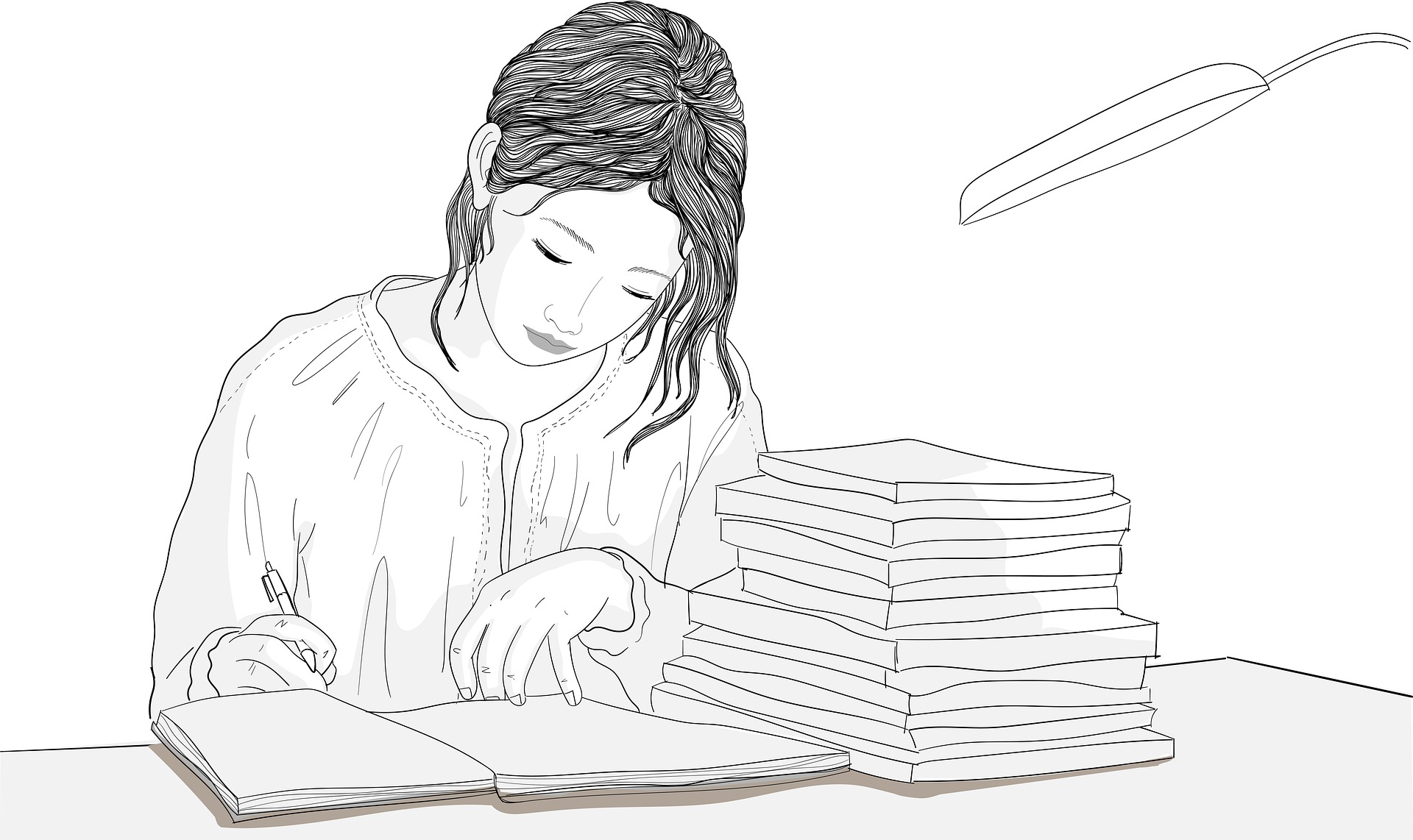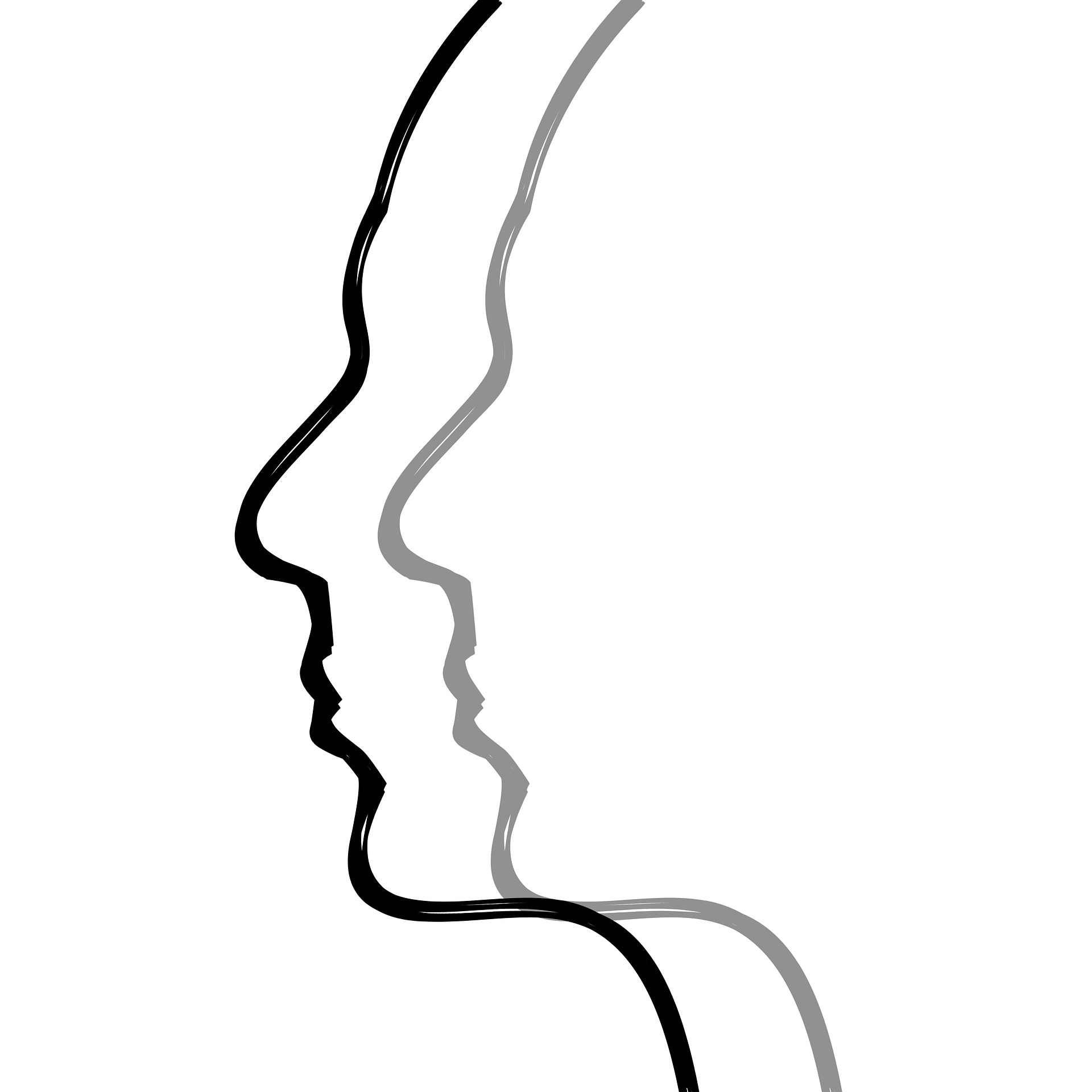Many students, especially those in S6 and beyond, are required to write a critical analysis of a literary work, whether it’s a poem or a newspaper article, in their first language. This critical commentary is not only expected in classwork but also in examinations, particularly in the L1 Baccalaureate. At first, this task may seem daunting, and many students struggle to adapt their writing to meet the coherent structure that is expected, along with the necessary content and style. Don’t worry; this guide will break down the process and help you gain a better understanding.
Author: Nil Alper
First, it is key to identify what is expected from you in a critical commentary. Typically, most essential commentary questions will be very similar, if not the same. For critical commentaries regarding literary works outside poems, you can expect the question to be phrased as such; “Write a critical commentary on the following (article, play, story, newspaper, etc.), paying particular attention to the methods used in conveying the writer’s ideas and in persuading the audience to his/her ideas.” When addressing questions about poems, you will often be presented with two pieces to analyze. These questions are typically phrased as follows: “Write a critical commentary on the following two poems. Compare and contrast them regarding content, style, and overall effect on the reader.”
Before you begin writing, it’s essential to plan and organize your thoughts. Highlight the key characteristics of each poem, including literary devices, types of content, language, and elements that may influence the reader’s experience. Additionally, when discussing the effect on the reader, it’s important to share your personal insights. Consider questions such as: What impact did the poems have on you? How did they make you feel? Be sure to express your opinions clearly in your commentary.
To be able to identify literary devices and the techniques that the author employs, you must learn what they are. There is a multitude of literary devices that can be used in texts, but the most common ones are as follows: Allegory, Alliteration, Allusion, Ethos, Hyperbole, Imagery, Irony, Juxtaposition, Logos, Metaphor, Onomatopeia, Oxymoron, Pathos, Paradox, Personification, Repetition, Symbolism and Tone.
Additionally, when it comes to poetry, there is also vocabulary that you must be familiar with regarding rhyming schemes and structure. That includes: Form, Line, Stanza, Pattern, Tercets, Quatrains, Cinquains, Sixaines, Septets. The most notable types of rhyming schemes that you should know are Alternate rhyme: ABAB, CDCD, EFEF, Coupled rhyme: AABBCC, Monorhyme: AAAA, Enclosed rhyme: ABA, ABBA, and Simple 4-line rhyme: ABCB.
Furthermore, it is also notable to know the different types of poetic meters. Normally, the most common poetic meter you would see in a poem is the Iambic Pentameter, which consists of five iambic feet, where each foot has two syllables: the first unstressed and the second stressed. It creates a rhythmic flow commonly used in Shakespeare’s works and sonnets.
Remember, instead of simply listing literary devices, focus on how they contribute to the overall message, tone, or effect of the work. Identifying the techniques and other key components in the text should not take you longer than 10 minutes, as you also require time for planning the structure of your essay.
Structuring your essay is one of the most important things that you should pay attention to in your work. Your critical commentary should consist of an Introduction, Body Paragraphs, and a Conclusion. The length of the body paragraphs typically depends on the text’s length you have been given. Although, you should also pay attention to not writing too much or too little. Repeating yourself, analyzing every detail, and providing your philosophical views can lead to an overload of writing, which can diminish the overall quality of your writing. The same goes for underwriting; if your work is too short, it can be underwhelming and fail to fully employ the points you could have provided.
In the introduction of a critical commentary, you should identify and contextualize the text you are analyzing. Begin by stating the author’s name, the title of the text, and the date of publication. Briefly summarize the content of the text, providing an overview of its purpose and themes. Additionally, you may consider the historical or cultural context in which the text was written, which could help highlight any significant factors that may influence its meaning or impact. Finally, talk about the effect the text has on the reader (i.e., you can talk about what effect it had on you), whether through its emotional impact, intellectual engagement, or its role in shaping discourse. Though you should formally express your opinion, avoid saying, “It made me feel like this…” or “I felt like that…”. Instead, express the impacts through an objective manner; “The text makes the reader feel…”
Next, you should move on to your body paragraphs. Keep in mind to analyze the text chronologically and provide line numbers. Each body paragraph should begin with a topic sentence that introduces the specific element of the work you will be analyzing. This might be the content, the techniques used, the tone, or the argument within the text. For example, if the commentary is about a poem, one paragraph might focus on the poet’s use of imagery, while another might explore the theme of love. Using inversion as a way of writing your arguments is also a suggested method, i.e., “Not only does…” or “Never has she…” etc. Your body paragraphs must provide a coherent analysis of the text as well as your supporting arguments. Even if you might not interpret a certain element as expected, if your argument for your means of interpretation is convincing enough, you can still secure yourself some points from the examiner/teacher.
The most important thing to remember is not to introduce any new arguments or points in your writing. The conclusion should summarize what you have already discussed. It is an opportunity to remind the reader of the key findings from your analysis, restate your main argument in a more nuanced manner, and reflect on the broader significance of your work. Introducing new evidence or examples can confuse the examiner and detract from the clarity and coherence of your commentary.
A strong conclusion ties everything together, providing a sense of closure and leaving the reader with a final impression of your critical perspective. Additionally, you should aim to leave the reader with something to ponder, such as a thought-provoking question, a reflection on the broader implications of the work, or an insight that encourages further exploration of the themes or issues discussed. Your conclusion should not feel like a mere summary but rather a thoughtful closing statement that brings your analysis to a satisfying end while suggesting the ongoing relevance or impact of the work. Ultimately, the conclusion solidifies your argument and demonstrates the depth of your engagement with the text.
By the end of this guide, you should have a clearer and more refined understanding of how to sharpen your skills for writing a critical commentary. It’s essential to remember that developing your ability to write such a commentary involves more than just understanding the structure or requirements of the task—it requires engaging deeply with the material, questioning the text, and forming your informed perspective.
When writing essays, always consider multiple sources as material for your studies. This approach is key to expanding your understanding of the text and uncovering different perspectives that can enrich your analysis. Analyzing other critical commentaries on poems, plays, articles, and other forms of literature can help you enhance your vocabulary, improve your argumentation, and adopt a more sophisticated writing style.
Wishing you the best of luck with your exams and writing!
Cover image by: Saydung89 – Pixabay
Edited by: Ieva Stalauskaite, Johanna Larsson Krausová



